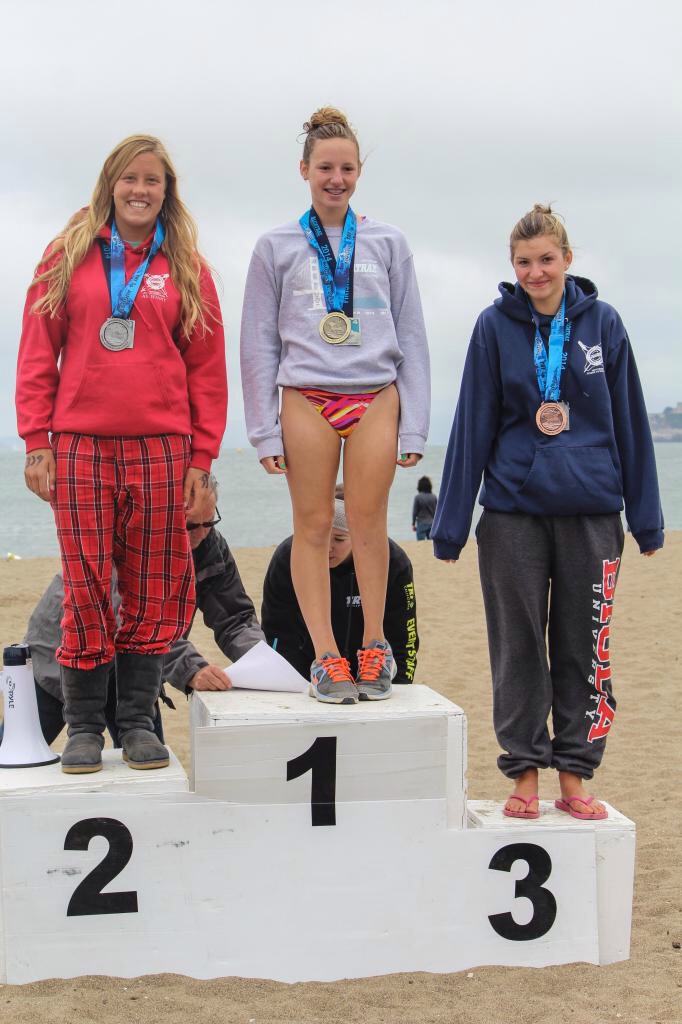
Many orthopedic surgeons recommend amputation and prosthetic fitting to treat complex limb deformities. At the Paley Institute, we provide the alternative: successful limb reconstruction.
Why is Amputation the Preferred Treatment?
Amputation remains the most common option presented to patients with complex orthopedic deformities and deficiencies. Performing an amputation at the level of the joint produces a nice round stump with the healed skin as a weight-bearing surface. Combined with modern prosthetics, this can lead to unrestricted, excellent function. As we all saw demonstrated in the 2012 London Olympics, amputees fitted with advanced prosthetics can compete at the highest level. Patients with access to a technologically advanced prosthesis and prosthetic care on a regular basis will function normally for almost any activity.
The Alternative: Reconstruction
Many patients and parents come to the Paley Institute because they are not satisfied with amputation as the answer. They seek the alternative that we provide: reconstruction. If an amputation could be avoided and the limb in question reconstructed to nearly normal function, most parents and individuals will choose to have the reconstruction. Nobody wants to give up their limb unless there are no good alternatives.
When orthopedic surgeons are asked "would you amputate the limb if all that was wrong was a deformity (such as at the foot or ankle)?" The answer is universally "no." When orthopedic surgeons are asked "would you amputate the leg of a patient with no deformity and just a limb length discrepancy?" The answer is universally "no." However, when orthopedic surgeons are asked "would you amputate a limb with a combination of deformity and limb length discrepancy?" The answer is frequently "yes."
This has never made sense to Dr. Paley. The standard treatment for a deformity is to correct the deformity; the standard treatment for a limb length discrepancy is to lengthen the limb. It does not make sense that when there is a combined deformity and limb length discrepancy the treatment is not reconstructive surgery combined with limb lengthening. What we offer at the Paley Institute is exactly that: deformity correction surgery combined with limb lengthening, saving the limb whenever possible.

Dr. Paley has compared the results of reconstructive surgery with lengthening to amputation. Twenty-two patients treated by Dr. Paley were compared to an age-matched group of patients who underwent amputation and prosthetic fitting. The results of the two groups demonstrated no difference in function. Both groups were satisfied with their results and both groups were equally functionally active and both groups reported no pain. Both groups give compatible function to normal.

The choice is therefore the patient's, the parent's, and the family's as to which procedure they prefer. The major advantage to lengthening reconstructive surgery is that in addition to normal function, one retains a sensate foot. No prosthesis will allow you to feel the grass under your feet or the sand between your toes at the beach.